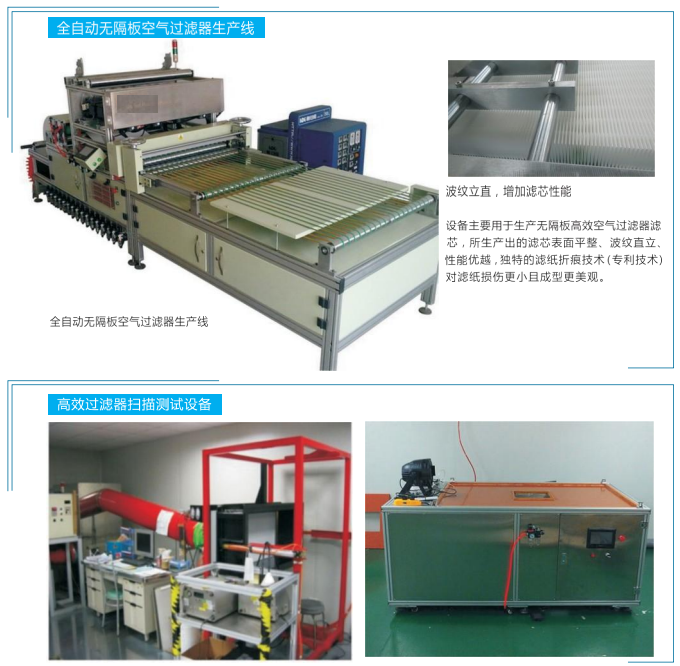There are several well-known rotary heat exchanger manufacturers that provide high-efficiency solutions for HVAC, industrial, and energy recovery applications. Below are some leading companies:
1. Global Rotary Heat Exchanger Manufacturers
✅ Heatex (Sweden) – Specializes in air-to-air rotary and plate heat exchangers for HVAC and industrial applications.
✅ Klingenburg GmbH (Germany) – Offers rotary heat exchangers with advanced coatings for high humidity and corrosive environments.
✅ Seibu Giken (Japan) – Known for its desiccant rotors and energy recovery wheels, ideal for pharmaceutical and cleanroom applications.
✅ FläktGroup (Germany) – Supplies energy-efficient rotary heat exchangers for large commercial and industrial buildings.
✅ REC Air Handling (Netherlands) – Provides customizable rotary heat exchangers for HVAC and industrial heat recovery.
2. China-Based Rotary Heat Exchanger Manufacturers
✅ Hoval – Specializes in plate and rotary heat exchangers for HVAC and industrial processes.
✅ Holtop – Manufactures energy recovery ventilation (ERV) systems with rotary heat exchangers.
✅ Zibo Qiyu – Offers aluminum-based rotary heat exchangers for air handling systems.
✅ Shanghai Shenglin – Produces rotary wheels for air-to-air heat recovery applications.
3. Key Features to Consider
✔ Material – Aluminum, coated surfaces (for corrosion resistance), or desiccant-coated wheels (for humidity control).
✔ Efficiency – High heat recovery efficiency (up to 85%) for energy savings.
✔ Application – Industrial HVAC, cleanrooms, pharmaceutical, or general ventilation.
✔ Customization – Size, coatings, and integration with existing systems.





